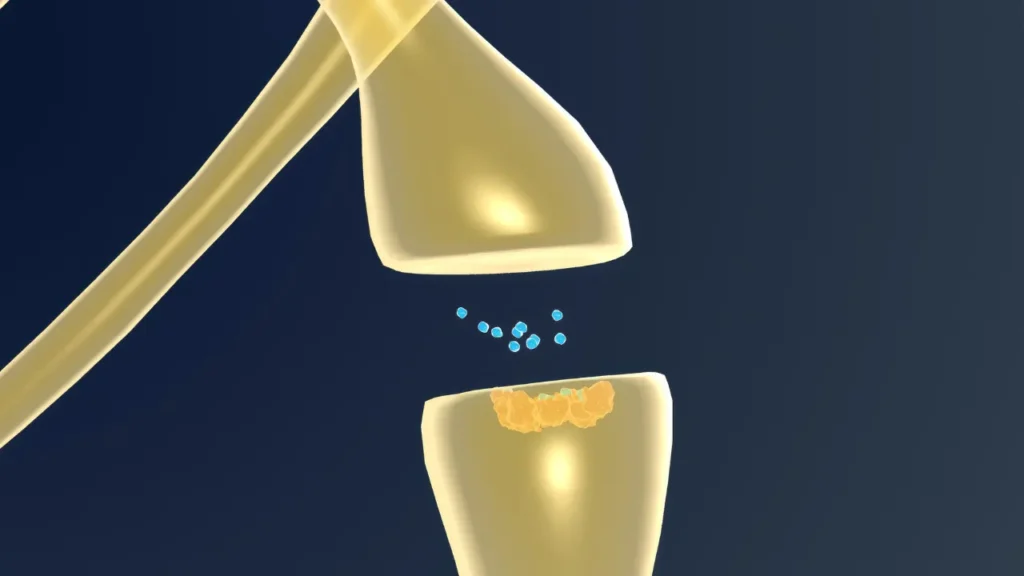German ipecac, sometimes referred to as asarum europaeum in nutritional science, has long piqued the curiosity of both conventional and contemporary medical professionals. The plant’s extensive bio-active profile, which endows it with a variety of medicinal properties, is the source of this attraction. The nature of German ipecac, its health advantages, the ideal dosage, probable side effects, drug interactions, and the most ethical use of this plant are all covered in this article.
You May Also Like:
5 Things to Consider When Choosing the Best Mushrooms for Mental Health
Tagetes: Benefits, Dosage, Side Effects, Drug Interactions, and Other Important Information
German Ipecac: Benefits, Dosage, Side Effects, Drug Interactions, and Other Important Information is an original (NootropicsPlanet) article.
Nature of German Ipecac
German ipecac is a perennial plant that is indigenous to Europe and is a member of the aristolochiaceae family. This plant, sometimes known as European wild ginger, can be identified by its bell-shaped blooms and kidney-shaped leaves. Despite its moniker, it has nothing to do with ginger used in cooking; rather, the name comes from the smell of the plant’s roots, which is similar to ginger.
Its intricate chemical makeup is what gives it its therapeutic significance. The main chemical components are aristolochic acids, phenylpropanoids, and essential oils. The scent and medicinal properties of the plant are enhanced by the essential oils, which notably contain methyl eugenol and asarone.
Health Benefits of German Ipecac
Due to its historical use as an emetic, German ipecac has been compared to ipecac, a South American plant with comparable characteristics. However, its applications go well beyond this use and can have a number of positive effects on health.
German ipecac contains three asarones that have been researched for their effects on the neurological system. These substances, which share structural similarities with amphetamines, are effective acetylcholinesterase (AChE) inhibitors. They could have a beneficial effect on cognition and memory through improving cholinergic neurotransmission in the brain. This offers interesting directions for study of neurodegenerative diseases like Alzheimer’s.
Safrole and methyleugenol, two phenylpropanoids found in the plant, can have antibacterial, anti-inflammatory, and anticancer effects. This wide range of properties suggests German ipecac’s involvement in promoting immune function and sustaining general health.

Chemistry of German Ipecac
German ipecac’s unique therapeutic properties are largely a result of its complicated chemical composition. Essential oils, phenylpropanoids, and aristolochic acids are the plant’s main active ingredients, and each one contributes differently to its medicinal potential.
Methyl eugenol and asarone are the two essential oils that are most important. Methyl eugenol is a naturally occurring molecule that can be found in a wide range of plants and fruits. It has biological characteristics that include antibacterial, anti-fungal, anesthetic, and antioxidant effects.
The aromatic ethers known as asarones, notably asarone, asarone, and asarone, play a significant role in the plant’s biochemical arsenal. These substances stand out due to their resemblance to the class of CNS stimulants known as amphetamines.
Safrole and methyleugenol, two phenylpropanoids found in German ipecac, are biologically active compounds. Because of its antibacterial, anti-fungal, and anti-inflammatory effects, the phenylpropene compound safrole has been used in traditional medicine for centuries. Another phenylpropene called methylleugenol has potential antibacterial, anti-fungal, and anticancer effects.
Another important component is aristolochic acids, a class of chemically related substances having a nitrophenanthrene carboxylic acid skeleton. These acids have been widely used in traditional Chinese medicine despite their probable nephrotoxicity.
Physiological Properties of German Ipecac
The bio-active components in German ipecac interact physiologically in various ways, producing a range of effects.
The asarones affect the neurological system by inhibiting acetylcholinesterase (AChE), which they can do because of their structural similarity to amphetamines. Acetylcholine, a neurotransmitter essential for memory and learning, is broken down by this enzyme. Asarones improve cholinergic neurotransmission in the brain by suppressing AChE, which can have an effect on cognition and memory.
Additionally, asarone derivatives exhibit notable anxiolytic properties, which are a result of their interaction with the central benzodiazepine receptor. These methods of action have the potential to be very effective in treating neurodegenerative diseases like Alzheimer’s.
Safrole and methyleugenol are examples of phenylpropanoids that have effects on the body due to their antibacterial, anti-inflammatory, and anticancer properties. They damage microbial cell walls, alter immunological responses, and stop the growth of cancer cells.
Aristolochic acids work in a more harmful way than other chemicals. They are transformed by the body’s metabolic process into aristolactams, which subsequently produce covalent DNA adducts that can result in mutations and possibly even cell transformation. This has been connected to the development of urothelial cancers.

Optimal Dosage of German Ipecac
German ipecac’s strong ingredients necessitate careful management of the dosage. Toxic consequences might result from overconsumption. The traditional technique of use involves making a tea from the roots, however due to a lack of standardization, this approach cannot provide a uniform dosage.
Currently, there is no standard dose for German ipecac. Your age, health, and personal tolerance are a few of the variables that may affect dosage. For individualized advice, speaking with a doctor or a certified herbalist is suggested.
Side Effects of German Ipecac
German ipecac can provide health advantages, but it also has drawbacks. Due to its aristolochic acids, excessive ingestion can result in nausea, vomiting, and in severe cases, organ damage. These acids can produce aristolochic acid nephropathy, a kind of interstitial nephritis, and are nephrotoxic.

Potential Substance Interactions
German ipecac’s biochemical nature makes it potentially drug-interactive. Its AChE inhibitory properties could enhance the benefits of cholinergic drugs used to treat Alzheimer’s disease and other diseases. Further study is required to determine whether it may interact with other medicines that are processed by the liver, such as those that use the Cytochrome P450 enzymatic route.
Responsible Use of German Ipecac
It is crucial to take German ipecac responsibly given the possible side effects and drug interactions. It shouldn’t be used in place of routine medical care and should only be used when supervised by a physician. Women who are pregnant or nursing, those with renal problems, and anyone taking medication should use caution.
German Ipecac:
Conclusion
German ipecac has fascinating medicinal potential, but cautious handling is required owing to its strong bio-active components. Its pharmacological properties may be clarified in future studies in order to ensure the safe and efficient use of this amazing plant.

References:
- “Chemical Composition and Biological Activities of Essential Oils of Asarum europaeum L.” Retrieved from: https://www.ncbi.nlm.nih.gov/pmc/articles/PMC6327995/
- “Acetylcholinesterase Inhibitors: Pharmacology and Toxicology.” Retrieved from: https://www.sciencedirect.com/science/article/pii/B9780123864543004905
- “Phenylpropanoids as naturally occurring antioxidants: from plant defense to human health.” Retrieved from: https://www.cell.com/cell-metabolism/fulltext/S1550-4131(17)30612-8
- “Aristolochic Acid and the Etiology of Endemic (Balkan) Nephropathy.” Retrieved from: https://www.pnas.org/content/104/29/12129
- “Aristolochic Acids and Their Derivatives: Biological Activities, Molecular Damage and Pathogenesis.” Retrieved from: https://www.nature.com/articles/nrd4028
Important Note: The information contained in this article is for general informational purposes only, and should not be construed as health or medical advice, nor is it intended to diagnose, prevent, treat, or cure any disease or health condition. Before embarking on any diet, fitness regimen, or program of nutritional supplementation, it is advisable to consult your healthcare professional in order to determine its safety and probable efficacy in terms of your individual state of health.
Regarding Nutritional Supplements Or Other Non-Prescription Health Products: If any nutritional supplements or other non-prescription health products are mentioned in the foregoing article, any claims or statements made about them have not been evaluated by the U.S. Food and Drug Administration, and such nutritional supplements or other health products are not intended to diagnose, treat, cure, or prevent any disease.


